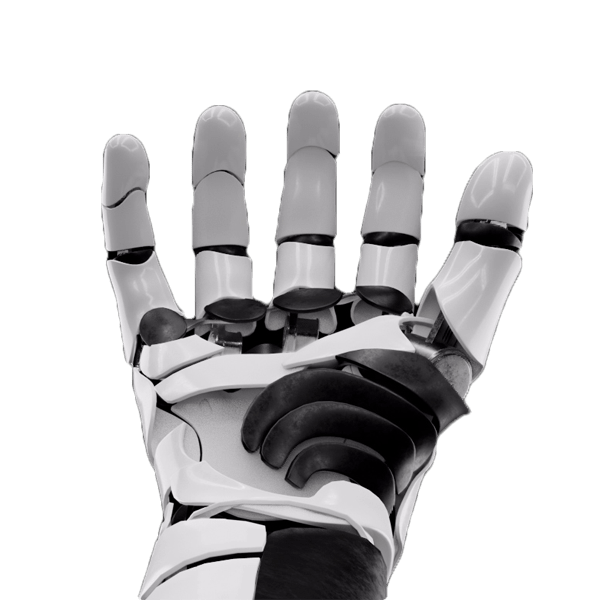What if David wasn’t just surviving, but scaling faster than Goliath?
Contextual Summary
In 2025, digital transformation is no longer about having the latest tech, it’s about moving fast, staying small, and thinking big. While large corporations wrestle with legacy systems and complex integrations, small and medium businesses (SMEs) are quietly turning lean tech stacks into competitive arsenals. In this piece, we’ll dive into how SMEs are using digital tools not only to catch up but, in some cases, to leap ahead of giants, and why it’s less about the tool itself, and more about how it’s wielded.
Actionable Takeaways
- Leverage AI for personalization, not just automation: SMEs are using chatbots and AI analytics to create deeply tailored customer experiences.
- Build a toolstack around agility: Cloud-native CRMs, mobile apps, and modular ERPs let SMEs adapt faster than their bigger rivals.
- Prioritize governance early: With over 250 SaaS apps in use on average, managing sprawl and security isn’t optional, it’s strategic.
- Use your size as an asset: Flat org structures help SMEs roll out and test digital tools quickly, no bureaucracy bottlenecks.
- Turn constraints into creativity: Open-source and low-code tools enable startups to punch above their weight without burning cash.
Want help applying this to your business? Let’s talk at Infinite Stair LLC.
There’s something magnetic about an underdog.
The scrappy founder working from a kitchen table, the boutique studio taking on multinational campaigns, the family-run shop using automation like a secret weapon. In 2025, that magnetic force is powered by digital tools. But not in the way people think.
Digital transformation isn’t just a tech upgrade. For small and medium-sized enterprises (SMEs), it’s a mindset shift. A redefinition of scale. A refusal to let size dictate power.
And what’s most striking? In this new landscape, small doesn’t mean slow. It means sharp. It means agile. It means dangerous.
From Heavyweight to Overweight: Why Size Can Be a Weakness
While large companies boast complex infrastructures, dedicated IT teams, and R&D budgets that eclipse an SME’s revenue, they often move like tankers trying to turn in a canal. Bureaucracy, legacy systems, and change resistance slow them down.
Meanwhile, SMEs operate like jet skis. They pivot quickly. They experiment without 12-week approval cycles. They can adopt a tool on Monday and have it live by Friday. That speed is not just impressive, it’s existential.
And in 2025, digital tools aren’t the advantage.
Deployment of digital tools is.
According to recent research, SMEs now use an average of 253 SaaS applications per business, with automation and cloud-based systems becoming baseline rather than bonus features. The kicker? 99% of small businesses will use at least one SaaS product by the end of 2024.
AI, But Make It Personal
Forget the sci-fi drama. AI in the SME world isn’t about robots replacing jobs, it’s about making one person feel like five.
Think of the solopreneur who launches a chatbot that handles sales inquiries while they sleep. Or the local retailer whose CRM automatically segments customers and sends birthday discounts. These aren’t pipe dreams, they’re daily realities.
The smartest SMEs are not chasing “disruption.” They’re building loyalty. They’re using AI to deliver intimacy at scale, not just efficiency. A café that remembers your order. A real estate agent who follows up with curated listings before you even ask.
That’s not just tech. That’s brand magic.
Tech Stack as Identity
HubSpot. Notion. Zoho. Frappe. Huginn.
To an outsider, those might sound like startup names from a fantasy novel.
To an SME, they’re lifelines.
But here’s what’s beautiful: the best SMEs don’t just use tools, they curate them. Like artists with a palette, they choose lean, modular systems that speak to their culture, their pace, their ambition.
While large enterprises often struggle with system integration and “SaaS sprawl,” SMEs are experimenting with open-source tools and building workflows that work for them. Not for IT. Not for compliance. For their customers.
This is where tech meets texture. Where a CRM isn’t just software, it’s how a business chooses to care.
Omnichannel, Minus the Buzzword
The term “omnichannel” has been thrown around so often it risks becoming meaningless. But for SMEs in 2025, it’s no longer theory, it’s practice.
A fashion brand that sells through Instagram, retargets on Connected TV, and offers in-store pickup? Normal.
A digital coach who uses Notion templates, Zoom workshops, and Stripe for invoicing? Also normal.
The key difference? Integration without complication.
What SMEs do brilliantly is connect dots quickly. They don’t need massive transformation programs. They build fluid, intuitive experiences, because they have to. Their customers expect it. Their survival depends on it.
The Silent Discipline: Governance and Cybersecurity
For all their speed and creativity, smart SMEs know one thing: trust is the currency of the digital age.
That’s why cybersecurity isn’t a luxury, it’s a frontline defense. The rise of multi-factor authentication, password managers like Dashlane, and endpoint security platforms is no longer reserved for big firms. It’s table stakes.
With over 250 apps in use, the governance layer matters more than ever. Shadow IT, tool sprawl, and security gaps are very real threats. But what’s changed in 2025 is the mindset. SMEs are not just reacting, they’re planning.
The ones that win are the ones that build for scale from the start.
Infinite Stair: Building With, Not Just For
At Infinite Stair LLC, we don’t just help SMEs find tools, we help them tell stories through their systems. Every automation, every CRM tag, every dashboard is a decision. A decision about what matters. Who matters. And how fast you want to get there.
If you’re a small business owner feeling overwhelmed by choice, or underwhelmed by your current stack, let’s chat. We’ll help you turn your tech into traction.
Final Thought: The Advantage of Being Light
In the biblical story, David didn’t beat Goliath by playing the giant’s game. He won with precision. With speed. With the ability to move light, see clearly, and strike first.
That’s the real lesson for SMEs in 2025.
Your tools are your sling.
Your strategy is your aim.
And the giants?
They’re slower than they look.




